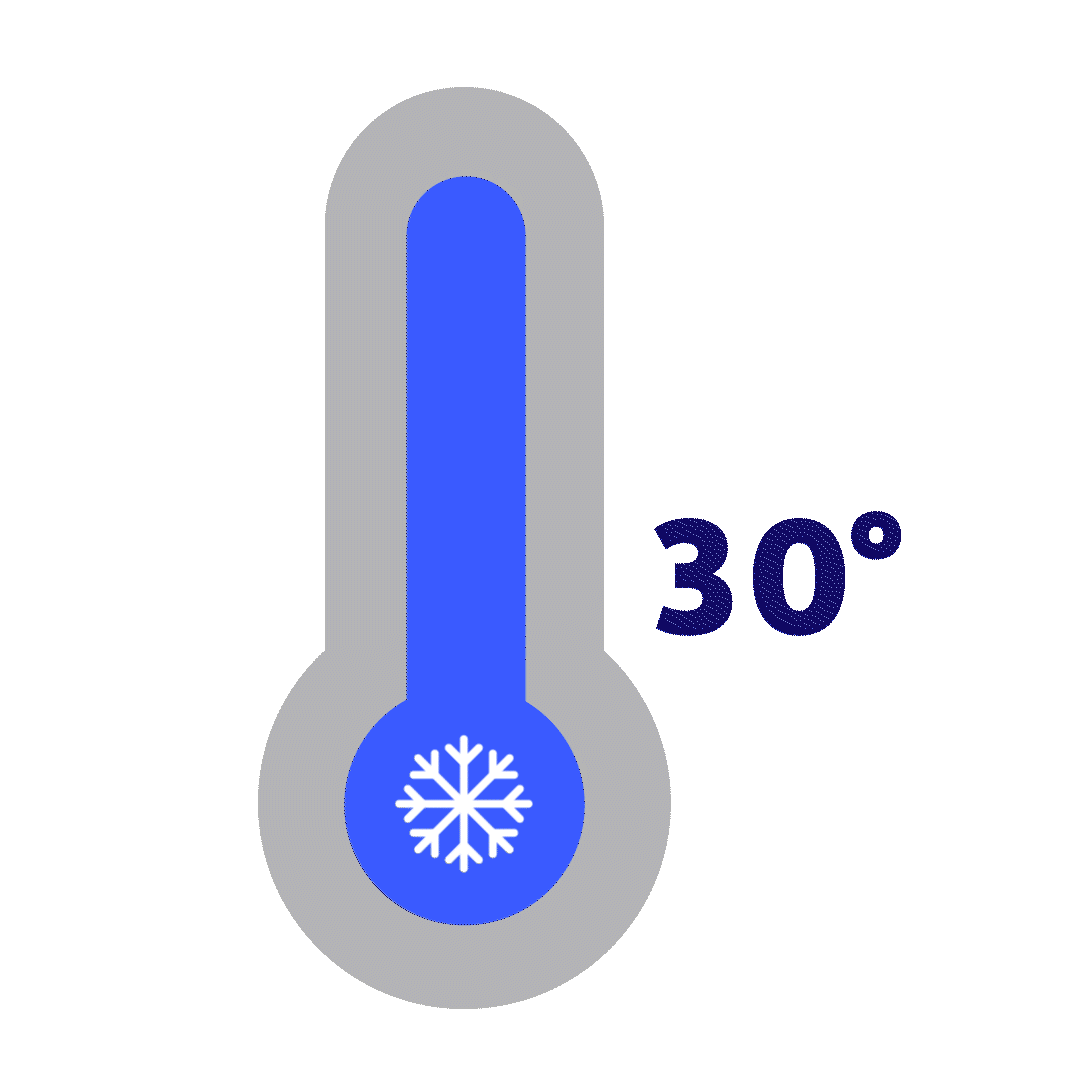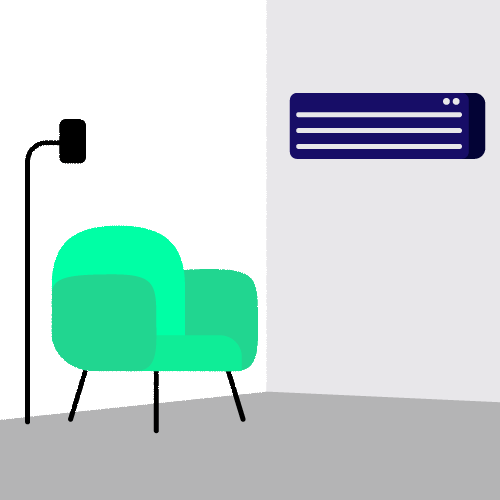Using Your Heat Pump
Heat pumps can meet your heating and cooling needs more efficiently than traditional systems and deliver better air comfort from cleaner energy sources. When used and maintained properly, heat pumps are easy to adjust and are effective in keeping your home consistently comfortable.
What Should You Expect?
Because heat pumps work best when running for longer periods at a lower speed, they are typically quieter than traditional furnaces. They run for longer each hour to condition your spaces and filter your air, which helps achieve more balanced temperatures in your home. Different heat pumps and systems may sound and operate differently in each home. It is normal for a heat pump to stop blowing warm air for a few minutes each hour in colder months as it’s running the defrost cycle.
Heat Pump Operations and Settings
Heat pumps operate a little differently than typical furnace and thermostat systems, so there are a few important things to keep in mind.

Set for Comfort
Your heat pump heats air differently than a traditional heating system does, so air flow is different and can even feel cooler. That’s normal! In the winter, you may need to set your thermostat slightly higher than what you’re used to or redirect your registers and grills to point away from the places where you sit. Ask your contractor if your heat pump has a “dry” mode to help with humidity during those humid summer months.

Set It and Forget It
Heat pumps maximize their efficiency by maintaining steady temperatures. Unlike with traditional heating and cooling systems, you may not need to adjust your heat pump’s thermostat at different times of the day based on your home’s occupancy. Talk to your contractor about the right thermostat settings to balance your comfort and energy savings.

Make a Smart Switch
A dual-fuel system is a hybrid of a heat pump and a traditional furnace, which provides supplemental heat. The system uses the most efficient heat fuel source, depending on the outdoor air temperature and your chosen switchover temperature, to maximize comfort and cost effectiveness. You can set your switchover temperature to take advantage of your heat pump’s effectiveness and provide you with supplemental heat for colder winter temperatures. Ask your contractor if they’re using the ComEd Switchover Guide, available on the For Contractors page.
Some heat pumps have other advanced controls, giving you more options for a comfortable home. Ask your contractor about the ComEd Controls Guide, which suggests strategies for both ducted heat pump systems and ductless mini-split heat pump systems.
Maintenance and Care
Like any appliance, maintaining your heat pump can improve its performance, prolong its life and promote less air pollution and a healthier tomorrow.

Clear the Way
Clear air flow is critical for a heat pump’s effectiveness, and the more airflow a heat pump gets, the better it will function. Give your heat pump’s wall and floor vents several feet of free space, and keep doors open between rooms.

Freshen Up Filters
Check your air filters and replace or clean them as needed, according to your owner’s manual. For ductless mini-split heat pumps, clean the filters at least quarterly, or as recommended by the manufacturer.

Maintain Optimal Performance
Help prolong the life of your outdoor unit by regularly clearing away debris such as snow, ice and leaves. In addition, follow instructions in your owner’s manual to keep the coils clean and perform other required maintenance.
Additional Resource:
For more tips, view or download the “You Installed An Air Source Heat Pump. Now What?” guide.
